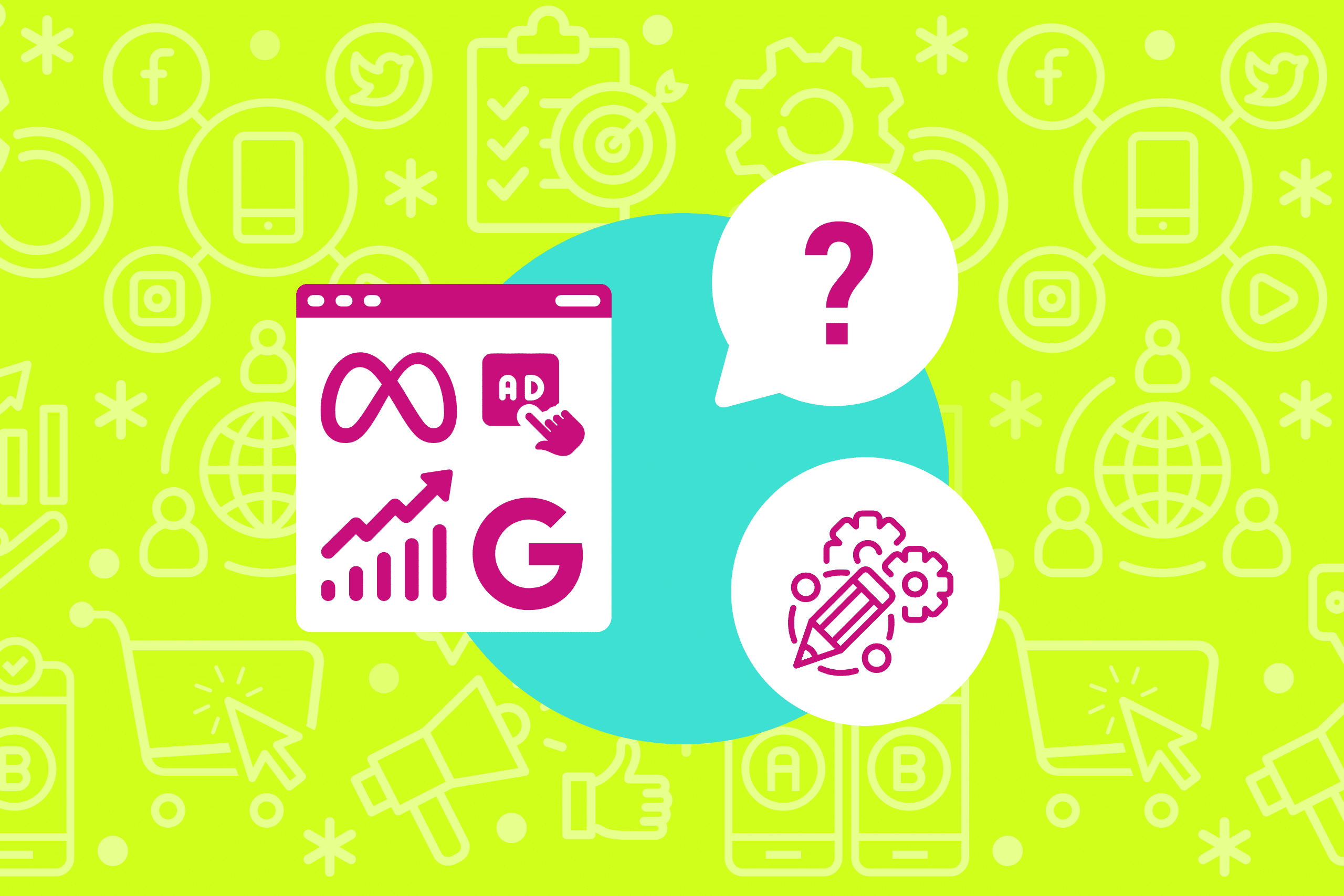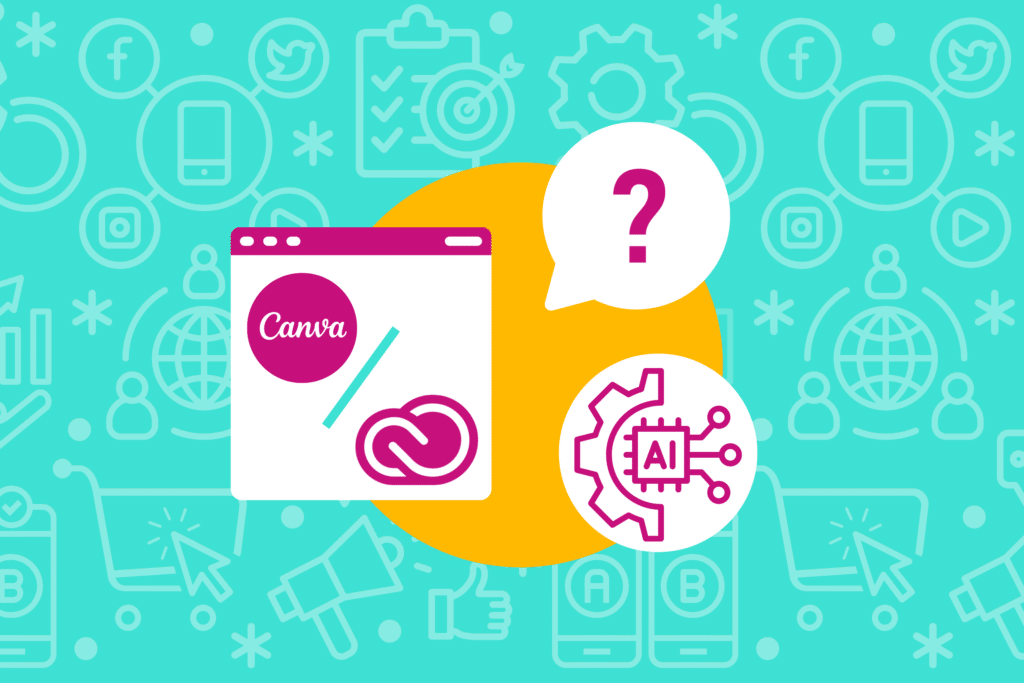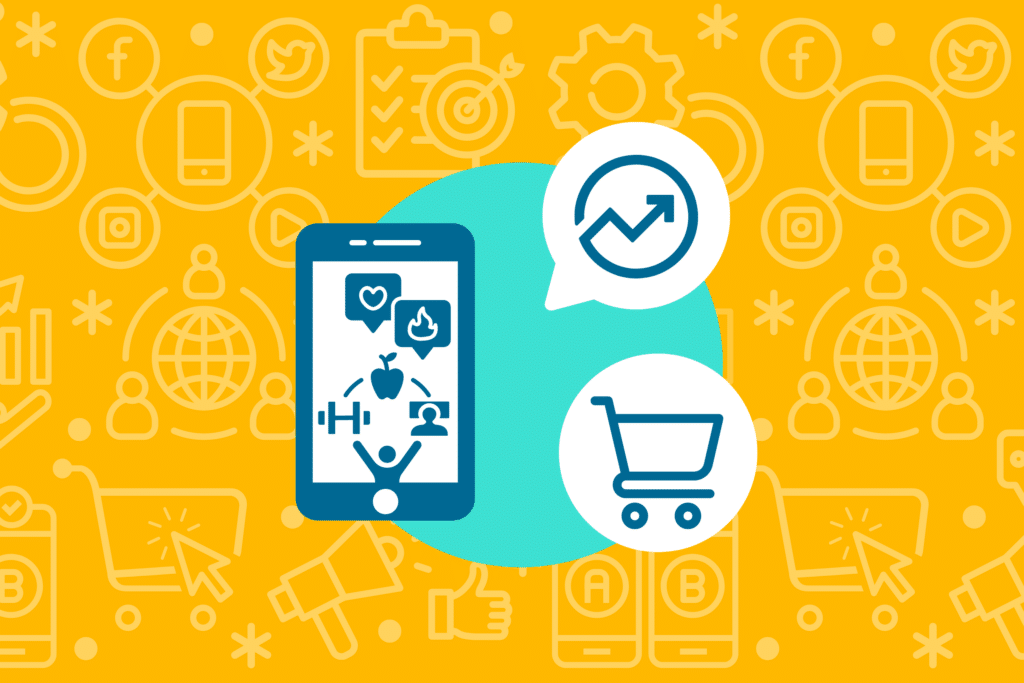Definition
AIDA is a marketing framework that stands for attention, interest, desire, and action. It outlines the stages a shopper goes through before making a purchase decision, and it’s applied strategically to meet various advertising and marketing campaign objectives.
When applied specifically to the creative funnel, AIDA is defined as the four-stage process of measuring the success of ads to ideally attract attention to your brand, generate interest in your product or service, stimulate a desire for it, and then spur action to convert/buy.
How Marketers Use AIDA
In their everyday work life, marketers constantly analyze each stage of the AIDA model to optimize their strategies. They may use data analytics, customer feedback, A/B testing, and other techniques to refine their messaging, targeting, and channels to effectively move shoppers through the funnel to drive conversions.
Let’s say a brand is promoting a new children’s toy on social media, targeting parents. Here’s an example of how their marketers might apply the AIDA model to their creative strategy:
Attention: You create thumb-stopping advertisements that feature vibrant colors, playful music, and cheerful animations. These ads are placed on top social media platforms and targeted to parents of children up to age 10. The primary goal of these creative assets is to bring awareness.
Interest: You pull out all the stops in your paid social campaigns and create product demos and interactive games or quizzes related to the toy. The creative assets highlight the toy’s features, such as its durability, educational value, and ability to encourage creativity and imaginative play. The primary goal of these creative assets is to encourage engagement.
Desire: The ad campaign highlights testimonials from happy children and satisfied parents, underlining the toy’s ability to bring joy to families. It also introduces limited-time offers like discounts or exclusive bundles to create urgency and drive immediate action, which are also the goals of the creative assets in this stage.
Action: You implement clear calls-to-action like “Shop Now” buttons directing engaged shoppers to the toy’s product page or a nearby retail store. This creative encourages parents to make purchase decisions for their children, boosting sales and fostering brand loyalty.
Additional Resources
- How to Use the AIDA Model to Win Customers – Mailchimp
- How To Use the AIDA Model To Drive Sales – Shopify
- The AIDA Model: A Proven Framework for Converting Strangers Into Customers – Hubspot
- Ask a Marketer: What is the Buyer’s Journey? – Omnitail
- How to Increase eCommerce Sales: Focus on the Lead Gen Funnel – Omnitail








